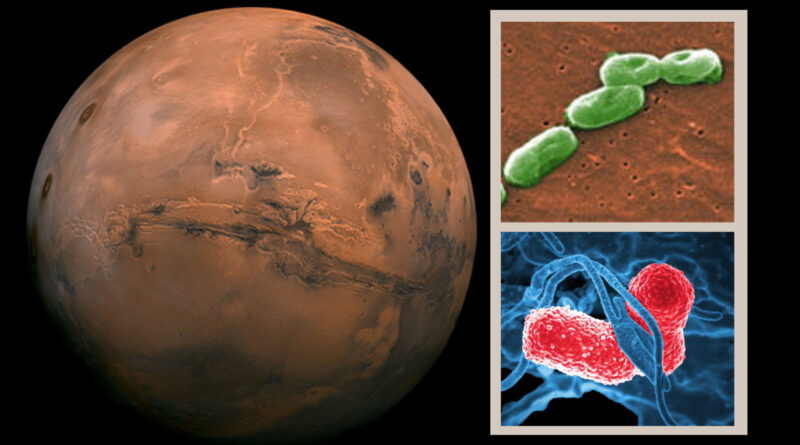Microbes on Planet Mars: The Quest for Extraterrestrial Life
The possibility of life beyond Earth has long fascinated scientists and laypeople alike. Mars, the Red Planet, has been at the forefront of this quest due to its relatively hospitable conditions compared to other planets in our solar system. While the search for intelligent extraterrestrial life may be a distant hope, the discovery of microbial life on Mars could profoundly impact our understanding of life’s potential in the universe.
The Martian Environment: A Historical Perspective
Mars, with its striking red appearance, is the fourth planet from the Sun. It has been a subject of curiosity for centuries, especially since the 19th century when astronomers speculated about the presence of canals, suggesting the possibility of water and, by extension, life. Modern space missions have provided substantial evidence that Mars once had liquid water, a crucial ingredient for life as we know it. The discovery of ancient riverbeds, polar ice caps, and minerals that form in water has strengthened the case for Mars as a candidate for harboring microbial life.
Conditions for Microbial Life
Microbial life, known for its resilience, can thrive in extreme environments on Earth—from the acidic hot springs of Yellowstone to the deep subsurface of the ocean. Mars presents several such potential habitats:
– Subsurface Ice: Beneath its surface, Mars has significant deposits of water ice. Microbes on Earth can live in subsurface ice, metabolizing nutrients from the surrounding minerals.
– Salt Deposits: The detection of perchlorates, a type of salt, suggests that briny water may exist seasonally on Mars. Halophilic (salt-loving) microbes on Earth could potentially survive in similar Martian environments.
– Methane Emissions: Seasonal methane emissions detected by orbiters and rovers indicate possible biological activity. On Earth, certain microbes known as methanogens produce methane as a byproduct.
Past and Present Mars Missions
Several missions have aimed to uncover signs of life on Mars:
– Viking Missions (1976): The twin Viking landers conducted experiments to detect microbial metabolism in Martian soil. While initial results were intriguing, they were ultimately inconclusive and remain controversial.
– Mars Science Laboratory – Curiosity Rover (2012-present): Curiosity has been exploring Gale Crater, discovering complex organic molecules and fluctuating methane levels, which could suggest microbial activity.
– Mars 2020 – Perseverance Rover: Perseverance is tasked with searching for signs of past life and collecting samples for potential return to Earth. Its instruments are designed to detect biosignatures—chemical or physical indicators of life.
The Challenges and Future Prospects
Detecting microbial life on Mars is fraught with challenges. Contamination from Earth microbes is a significant concern, necessitating stringent sterilization protocols for spacecraft. The harsh radiation environment on the Martian surface also complicates the survival of potential microbes.
Future missions, such as the European Space Agency’s ExoMars rover and NASA’s Mars Sample Return mission, aim to delve deeper into the Martian subsurface and bring Martian soil back to Earth for comprehensive analysis. Advanced life-detection technologies, including next-generation DNA sequencing and high-resolution imaging, will enhance our ability to identify potential Martian microbes.
The Implications of Discovery
The discovery of microbial life on Mars would be groundbreaking, reshaping our understanding of biology, evolution, and the potential for life in the universe. It would suggest that life is not unique to Earth and could arise independently in diverse environments. This revelation would have profound philosophical, ethical, and scientific implications, prompting humanity to reassess our place in the cosmos.
Conclusion
The search for microbes on Mars is a journey that encapsulates the essence of scientific inquiry—curiosity, perseverance, and the relentless pursuit of knowledge. As we stand on the brink of potentially discovering extraterrestrial life, Mars continues to be a beacon of hope, guiding us in our quest to unravel the mysteries of life beyond our home planet.

